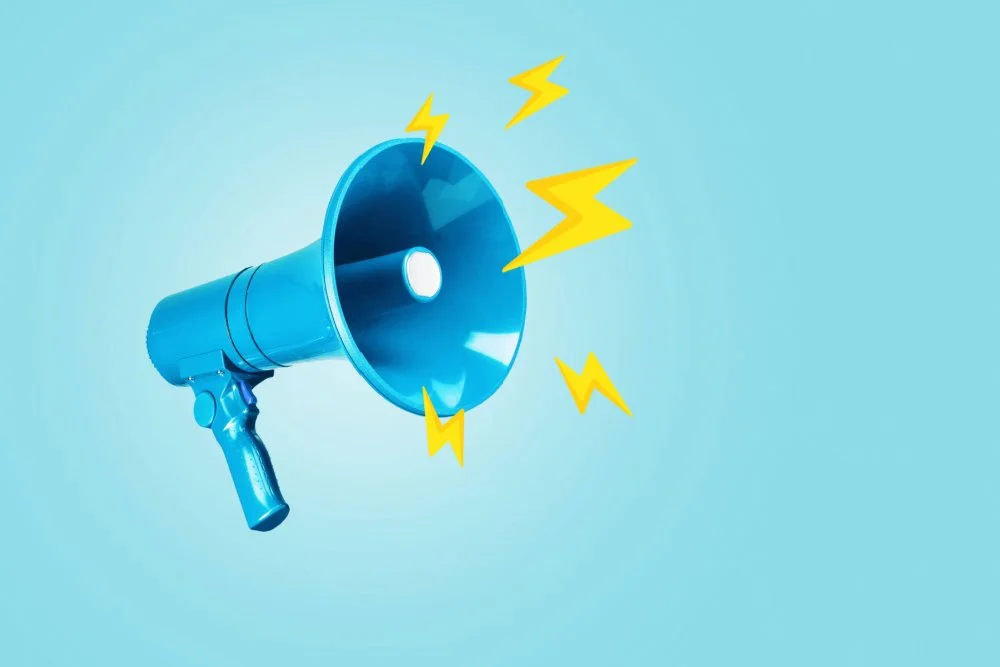It's Now the Biggest U.S. Grantmaker and Getting Bigger All the Time. Here’s a Closer Look
/OpturaDesign/shutterstock
Editor’s Note: This article was first published on March 13, 2019.
The explosion of donor-advised funds onto the giving scene is a relatively recent story. In under a decade, DAF contributions as a share of total individual giving have doubled, as has total grantmaking—hitting $19 billion in 2017. Over $110 billion now sit in DAFs, a big jump from just a few years ago.
While DAF sponsors like the Fidelity Charitable Gift Fund, Schwab Charitable, the Silicon Valley Community Foundation, and the National Philanthropic Trust (to name a few) were once relatively small players in philanthropy, they’re rapidly becoming mainstays of the field. Fidelity Charitable hammered that point home in 2018, becoming the nation’s biggest grantmaker with $5.2 billion in donor-recommended grants, according to its most recent Giving Report. The sheer volume of all that cash—and where it’s going—tells us quite a bit.
For one thing, the rapid growth of Fidelity Charitable and other major DAF sponsors reflects the massive accumulation of wealth at the top of the income ladder in recent decades. Even as a lot of folks struggle to pay the bills these days, the richest 1 percent of U.S. households now own 40 percent of the nation’s wealth, the highest level in 50 years. Some 75,000 U.S. households have investable assets of $30 million or more; many more have far smaller sums of wealth—enough to throw at least the $5,000 minimum into a Fidelity DAF account, realizing tax benefits now and often postponing the actual giving. Last year, Fidelity Charitable’s total donor pool topped 200,000.
The idea that DAFs enable philanthropic procrastination has been a major sticking point in the debate over their benefits and drawbacks. Critics assert that donors approach DAFs in a self-interested way, putting off actual grantmaking to the detriment of charitable organizations that need resources now. In the report, Fidelity Charitable pushes back, claiming that within five years, $74 out of an initial $100 contribution has gone out to charities. In 10 years, the figure rises to $88.
That sounds comforting, but the report also says that only $37 out of that $100 goes out within one year. With Fidelity Charitable taking in upward of $7 billion in annual contributions, some quick math suggests that roughly $2.5 billion in new contributions is likely to sit fallow for at least a year, and over a billion of the original total remains in place after a decade. Sure, the accounts are invested and may grow during those 10 years, but I imagine most struggling nonprofits would take the actual support now over the chance of slightly greater margins down the line.
That said, U.S. nonprofits now receive more gifts through Fidelity Charitable than ever before, a gusher of cash that’s going out to every type of nonprofit in every part of the country—and around the world.
For those with a great deal of time on their hands (and abundant patience for scrolling), Fidelity Charitable is required to list the recipients of its grants and the amount they received—though the 990 doesn’t break that total down by individual grants. In 2018, a colossal 1.3 million grants went out to 142,515 charities. For the most part, those grants are modest contributions to local causes, averaging $4,092 per grant last year. That’s well in line with the median balance of a Fidelity Charitable account, $17,670. Just 8 percent of accounts, the report tells us, have balances exceeding $250,000.
Numbers like these don’t exactly support the idea that DAFs are “democratizing philanthropy,” as some suggest—not at a time when 40 percent of Americans say they couldn’t scrounge up $400 for an emergency and when charitable giving by smaller donors has been steadily falling for years. But they do suggest that a fast-growing number of households have learned how to use DAFs t0 set aside assets for future giving. The nation’s largest investment firms have played a leading role in popularizing DAFs, mainstreaming this vehicle in a way that community foundations never have (over many decades of offering DAFs). According to the latest report by the National Philanthropic Trust, the number of DAFs at community foundations has risen only slowly in recent years, reaching 70,000 such funds in 2017. Meanwhile, the number of funds at national charities like Fidelity has exploded, tripling between 2013 and 2017 to nearly 340,000.
NPT’s data also underscores the degree to which donors are abandoning the private foundation in favor of DAFs. At least 250,000 new DAFs funds have been opened since 2013, while the growth of foundations—giving vehicles that require minimum annual payouts and public disclosure of grantees—has been anemic.
What’s striking about DAFs is that they appeal to donors at all levels of wealth. While it’s true that most funds at Fidelity Charitable are modest in size, the organization’s data suggest that of its 123,114 total accounts, nearly 10,000 account balances exceed $250,000. There’s no way to know precisely, but it’s almost certain some of those accounts reach into the stratosphere. Take GoPro founder Nicholas Woodman, whose IPO netted him $3 billion and prompted a $500 million contribution to a DAF at the Silicon Valley Community Foundation. With over $20 billion in total assets, Fidelity Charitable may very well harbor multiple accounts of that magnitude—or greater.
And that’s troubling, not only because the donors receiving immediate tax benefits are under no obligation to give anytime soon, but also because there’s no way for the public to know who’s giving to which organizations. Looking at the Fidelity Charitable annual report is like peering into a black box where you can only see some general rough shapes. After education (29 percent), the largest share of 2018 grant dollars went to “society benefit” (18 percent) and “religion” (15 percent). All these categories may encompass contributions to organizations seeking to move public policy, an area where greater transparency could temper support for extreme positions.
The conversation over “dark money” accurately identifies DAFs as a useful way for donors to mask their identities when things get controversial. DAF sponsors like DonorsTrust and the National Christian Foundation tap into that need. But there’s also a broad river of left-wing money flowing through DAFs. Along with less-ideological destinations like Doctors Without Borders USA, the American National Red Cross and the Salvation Army, Fidelity Charitable’s 2018 list of most popular charities includes places like Planned Parenthood, the Southern Poverty Law Center and the ACLU, as well as nonprofits associated with the environmental movement like the Nature Conservancy and the Natural Resources Defense Council.
My scan was hardly exhaustive, but a quick look through Fidelity Charitable’s 2016 990 form reveals large sums going to right-wing destinations like the Heritage Foundation, the Federalist Society and the David Horowitz Freedom Center, as well as even larger sums to progressive organizations like the New Venture Fund, which got nearly $40 million from Fidelity Charitable donors in 2016. It would be nice to know who that money’s coming from. But unfortunately for those of us keeping an eye on policy giving, the opacity of DAFs is, for now, just the way things are.
Related:







































